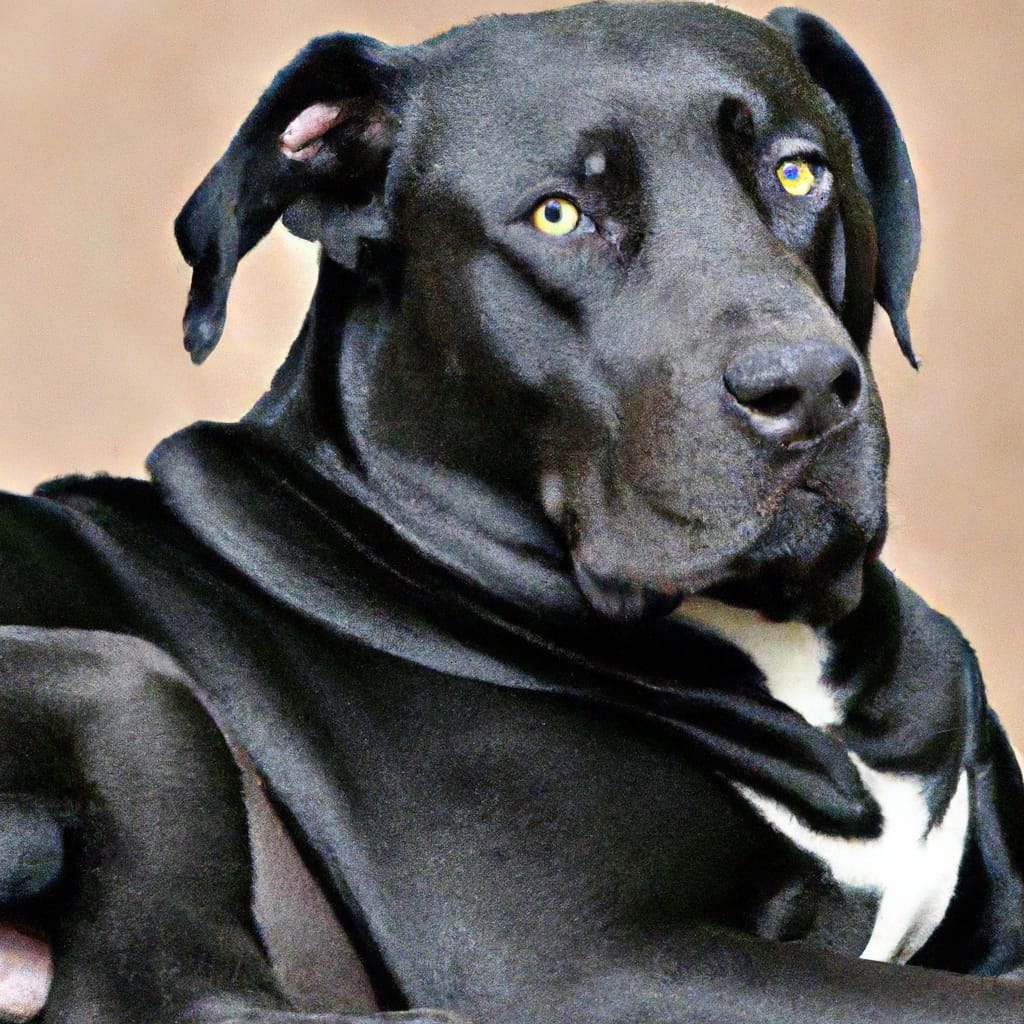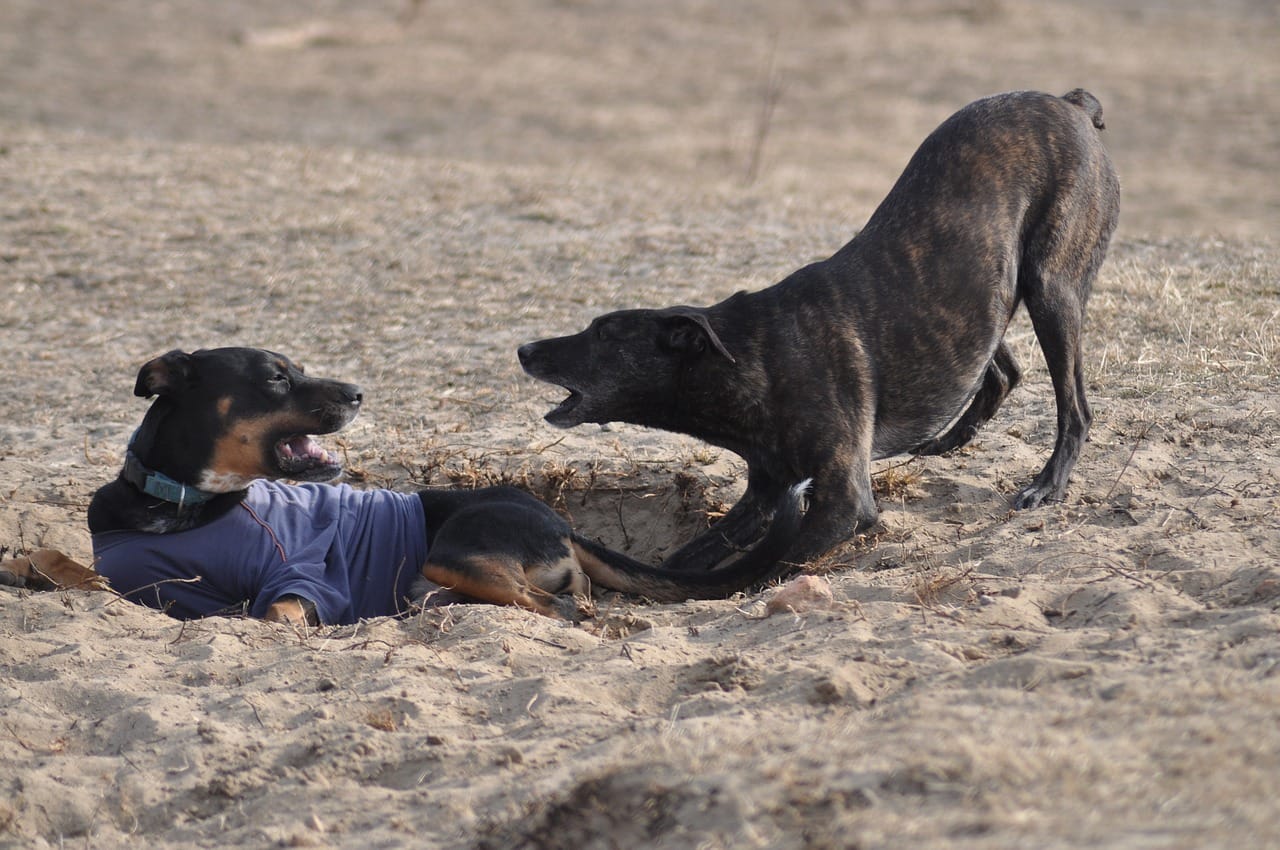How To Moisturize Your Dog’s Dry, Flaky Skin To Ease Itchiness And Redness
Is your furry friend suffering from dry and flaky skin that causes constant itching and redness? Don’t worry, we’ve got you covered! In this article, we will guide you on how to effectively moisturize your dog’s skin, providing much-needed relief from discomfort. With simple and easy-to-follow steps, you’ll learn how to nourish and hydrate your dog’s skin, leaving it soft, supple, and itch-free. Say goodbye to those endless scratching sessions and hello to a happier and healthier pooch!
Understanding the Causes of Dry, Flaky Skin in Dogs
Dry, flaky skin in dogs can be a common issue that may cause discomfort and itchiness. To effectively address this problem, it is important to understand the possible causes. There are several factors that can contribute to dry skin in dogs, including environmental factors, allergies, nutritional deficiencies, and underlying health conditions.
Common Causes of Dry Skin
One of the most common causes of dry skin in dogs is the weather. Just like humans, dogs can experience dryness and flakiness during colder months when the air is drier. This can result in itchy and irritated skin for our furry friends.
Allergies can also play a significant role in causing dry skin in dogs. Whether it’s from food, environmental factors like pollen or dust mites, or even certain grooming products, allergies can lead to dryness and inflammation.
Additionally, nutritional deficiencies can impact your dog’s skin health. If their diet lacks essential fatty acids or other nutrients vital for healthy skin, it can result in dryness, flakiness, and overall poor skin condition.
Understanding Flaky Skin
Flaky skin in dogs often accompanies dryness and can be a result of various factors. When the skin becomes excessively dry, the outer layer can start to flake off, leading to visible flakes on your dog’s coat. Flaky skin is not only unsightly but can also cause discomfort and itchiness for your furry companion.
Excessive bathing with harsh shampoos or soaps can also contribute to flaky skin. These products can strip away the natural oils that help keep your dog’s skin moisturized.
Identifying and Addressing Itchiness and Redness
Itchiness and redness often go hand in hand with dry, flaky skin in dogs. Dogs may scratch or lick excessively, leading to further irritation and potential skin damage. Redness can be a sign of inflammation, and if left untreated, it can worsen the overall skin condition.
If you notice your dog constantly scratching or biting at their skin, it’s essential to address the underlying cause and provide relief. Itchiness and redness can be indicators of allergies, parasites, or other skin conditions that may require veterinary attention.
Determining the Best Moisturizer for Your Dog
Now that you understand the causes of dry, flaky skin in dogs, it’s time to determine the best moisturizer for your furry friend. Each dog’s needs may vary, so it’s crucial to consider their individual circumstances.
Consulting with a Veterinarian
Before starting any moisturizing regimen, it is advisable to consult with a veterinarian. They can assess your dog’s skin condition and provide recommendations based on their expertise. A veterinarian can also rule out any underlying health issues that may be contributing to the dryness and flakiness.
Considering the Dog’s Age and Breed
The age and breed of your dog can also affect the type of moisturizer that is best suited for them. Puppies and senior dogs may have different skin needs compared to adult dogs. Breeds with long or thick coats may require a different moisturizer than those with short coats.
By considering these factors, you can choose a moisturizer that is tailored to your dog’s specific requirements and increase the effectiveness of the treatment.
Choosing the Right Ingredients
When selecting a moisturizer for your dog, it’s important to choose products that are specifically made for canine use. Dog-friendly moisturizers often contain ingredients such as aloe vera, oatmeal, shea butter, or coconut oil, which can help soothe and nourish the skin.
Avoid moisturizers that contain harsh chemicals or fragrances, as these can further irritate and dry out the skin. Opt for natural or hypoallergenic options to minimize the risk of adverse reactions.

Preparing Your Dog for Moisturizing
Before applying any moisturizer, it’s essential to properly prepare your dog’s coat and skin. This ensures that the moisturizer can work effectively and penetrates the skin to provide maximum hydration.
Bathing Your Dog
Start by giving your dog a thorough bath to remove any dirt, debris, or dead skin cells. Use a gentle, moisturizing shampoo specifically formulated for dogs. Avoid hot water, as it can strip the skin of essential oils. Rinse your dog thoroughly to remove all traces of shampoo.
Gently Drying the Coat
After the bath, gently dry your dog’s coat using a clean towel. Avoid using excessive heat or vigorous rubbing, as this can cause further irritation. Instead, pat the coat dry and allow it to air dry as much as possible.
Trimming Overgrown Fur
If your dog has long or overgrown fur, consider trimming it to an appropriate length. Overgrown fur can trap moisture and create a breeding ground for bacteria or fungi, potentially worsening the skin condition. By trimming the fur, you not only improve airflow to the skin but also create a more manageable environment for moisturizing.
Moisturizing Techniques for Dogs
Now that your dog is prepared for moisturizing, it’s time to learn about the proper techniques to apply the moisturizer effectively and ensure your dog receives the maximum benefit.
Choosing the Right Moisturizing Product
Using the moisturizer recommended by your veterinarian, or the one you have chosen based on their guidance, apply a small amount to your dog’s skin. Start with a patch test to check for any adverse reactions before applying it to the entire body. This is especially important if your dog has sensitive skin or known allergies.
Applying Moisturizer to Your Dog’s Skin
Take a small amount of the moisturizer in your hands and gently rub it into your dog’s skin. Focus on areas that are particularly dry or affected by flakiness. Massage the moisturizer into the skin using circular motions to promote absorption.
Avoid applying the moisturizer to open wounds or sores, as it may cause further irritation. If your dog resists or becomes agitated during the process, take breaks and offer treats or distractions to make the experience more positive for them.
Avoiding Common Mistakes
When moisturizing your dog’s skin, it’s important to avoid some common mistakes that could hinder the effectiveness of the treatment. One of these mistakes is using human moisturizers on your dog. Human products may contain ingredients that are toxic to dogs or not suitable for their skin.
Additionally, using too much moisturizer can make the skin greasy and increase the risk of bacterial or fungal infections. Follow the recommended amount and frequency of application as advised by your veterinarian or the instructions provided with the moisturizer.

Implementing a Regular Moisturizing Routine
Moisturizing your dog’s skin should not be a one-time event but rather a regular part of their grooming routine. Consistency is key in helping your dog maintain healthy, moisturized skin.
Frequency of Moisturizing
The frequency of moisturizing your dog’s skin will vary depending on their specific needs. Some dogs may require moisturizing daily, while others may only need it once or twice a week. Consult with your veterinarian to determine the ideal frequency for your dog.
Monitoring Your Dog’s Skin Condition
Regularly check your dog’s skin for any changes or improvements. If you notice any worsening of dryness, flakiness, or redness, it may be necessary to adjust your moisturizing routine or seek further veterinary advice.
Making Adjustments as Needed
Just like humans, dogs’ skin needs can change over time. As your dog ages or experiences changes in their environment or overall health, their moisturizing needs might fluctuate. Stay attentive and be willing to make adjustments to their moisturizing routine to ensure their skin health is effectively addressed.
Alternative Solutions to Moisturize Your Dog’s Skin
In addition to traditional moisturizers, there are alternative solutions available to help alleviate dry, flaky skin in dogs. These options, which can be used in conjunction with traditional moisturizing techniques, may provide further relief and support for your dog’s skin health.
Using Natural Remedies
Natural remedies like oatmeal baths, coconut oil, or aloe vera can help soothe dry, itchy skin in dogs. Oatmeal has long been recognized for its skin-soothing properties, while coconut oil and aloe vera have moisturizing and healing effects on the skin. However, it’s important to consult with your veterinarian before using any home remedies to ensure they are safe and appropriate for your dog.
Exploring Dietary Changes
Diet plays a significant role in overall skin health, so it’s worth considering dietary changes to support your dog’s skin. Including foods rich in essential fatty acids, such as salmon or flaxseed, can help improve skin moisture and reduce dryness. Your veterinarian can guide you on dietary adjustments that may benefit your dog’s skin health.
Considering Supplements
Supplements, such as fish oil or omega-3 fatty acids, can be beneficial for dogs with dry skin. These supplements work from the inside out to provide essential nutrients that promote overall skin health. However, always consult with your veterinarian before adding any supplements to your dog’s diet to ensure they are safe and appropriate.

Preventing Dry, Flaky Skin in Dogs
Prevention is always better than cure, and taking proactive steps to prevent dry, flaky skin in dogs is essential for their overall well-being.
Maintaining Proper Hygiene for Your Dog
Regular grooming and hygiene practices can help prevent dry skin in dogs. Brushing your dog’s coat regularly not only helps distribute natural oils but also removes dead skin cells that can contribute to flakiness. Avoid over-bathing, as it can strip the skin of essential oils and disrupt its natural balance.
Providing a Balanced Diet
A balanced diet is crucial for maintaining healthy skin in dogs. Ensure your dog’s food includes essential nutrients, including fatty acids, vitamins, and minerals, to support optimal skin health. Consult with your veterinarian to determine the best diet for your dog’s individual needs.
Avoiding Environmental Triggers
Identify and avoid any environmental triggers that may contribute to dry skin in your dog. This could include minimizing exposure to allergens, using dog-friendly cleaning products, and ensuring your home has proper humidity levels. Create a safe and comfortable environment that promotes skin health for your furry friend.
When to Seek Veterinary Assistance
While moisturizing and preventive measures can help alleviate and prevent dry, flaky skin in dogs, there may be instances where veterinary assistance is necessary.
Persistent Symptoms
If your dog’s dry skin symptoms persist despite your best efforts to moisturize and implement preventative measures, it’s time to seek veterinary assistance. Persistent dryness, flakiness, redness, or itchiness might be an indication of an underlying health issue that requires professional evaluation.
Worsening of Skin Condition
If you notice that your dog’s skin condition is worsening or spreading, it’s essential to consult with a veterinarian. This could be a sign of a more serious condition, such as an infection or infestation, that needs prompt attention and appropriate treatment.
Understanding Underlying Health Issues
Dry, flaky skin can sometimes be a symptom of an underlying health issue in dogs. Conditions such as allergies, hormonal imbalances, or autoimmune disorders can manifest as dry skin. If you suspect an underlying health issue, it is crucial to have your dog thoroughly examined by a veterinarian to determine the appropriate course of action.

Possible Complications of Dry, Flaky Skin
Failure to address dry, flaky skin in dogs can potentially lead to additional complications that can further impact their health and well-being.
Infections and Infestations
Dry skin can create an environment that is prone to bacterial or fungal infections. Open wounds or scratches from excessive scratching can serve as entry points for pathogens, leading to infection. Treating the underlying dryness and maintaining proper skin hygiene can help prevent these complications.
Skin Damage and Shallow Wounds
Chronic scratching and irritation from dry, flaky skin can result in skin damage and shallow wounds. These wounds can become painful and susceptible to infection, hindering the healing process. Prompt treatment of the dry skin can help prevent the development of these wounds.
Allergic Reactions
If the dry skin is a result of allergies, failure to address the underlying cause can result in ongoing discomfort and potentially more severe allergic reactions. Determining and managing the allergens can help alleviate the symptoms and prevent further complications.
Conclusion
Understanding the causes of dry, flaky skin in dogs is crucial for effective treatment and prevention. By determining the best moisturizer for your dog, preparing their coat properly, and implementing a regular moisturizing routine, you can help ease their itchiness and redness while maintaining their skin health. Additionally, alternative solutions, preventive measures, and seeking veterinary assistance when necessary can further support their well-being. Remember, moisturizing your dog’s skin not only provides relief but also creates a positive bonding experience between you and your furry companion.














